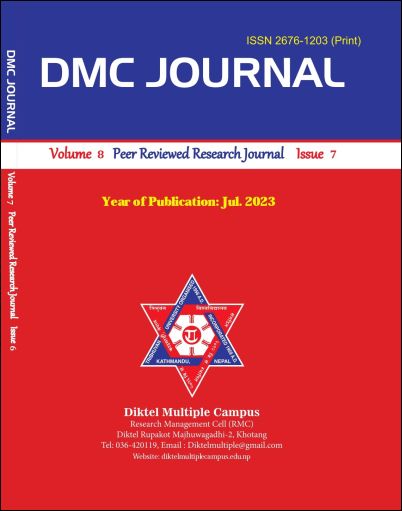Changes of Family Structure in Nepal
DOI:
https://doi.org/10.3126/dmcj.v8i7.62432Keywords:
Family, family structure, modernization, nuclear family, joint family, decision-makingAbstract
This research article explores the changing family structures in DiktelRupakotMajhuwagadhi Municipality, Khotang, Nepal, driven by various factors such as modernization, globalization, urbanization, and westernization. The study employs a cross-sectional design with a purposive sampling method, gathering data from 1032 respondents who are heads of their respective families, sons, and daughters. The research examines the transition from extended family structures to nuclear families, family authority patterns, healthcare preferences, and economic conditions.The findings indicate a significant shift towards nuclear families, with 70% of families being small nuclear units, and 30% being larger joint family systems. Family authority is increasingly shared between husbands and wives, with both spouses making joint decisions in areas such as expenditure, agricultural work, marriage, and property-related matters.However, the study acknowledges its limitations and recommends further research to understand the underlying reasons behind the observed changes in family structures and decision-making patterns.




